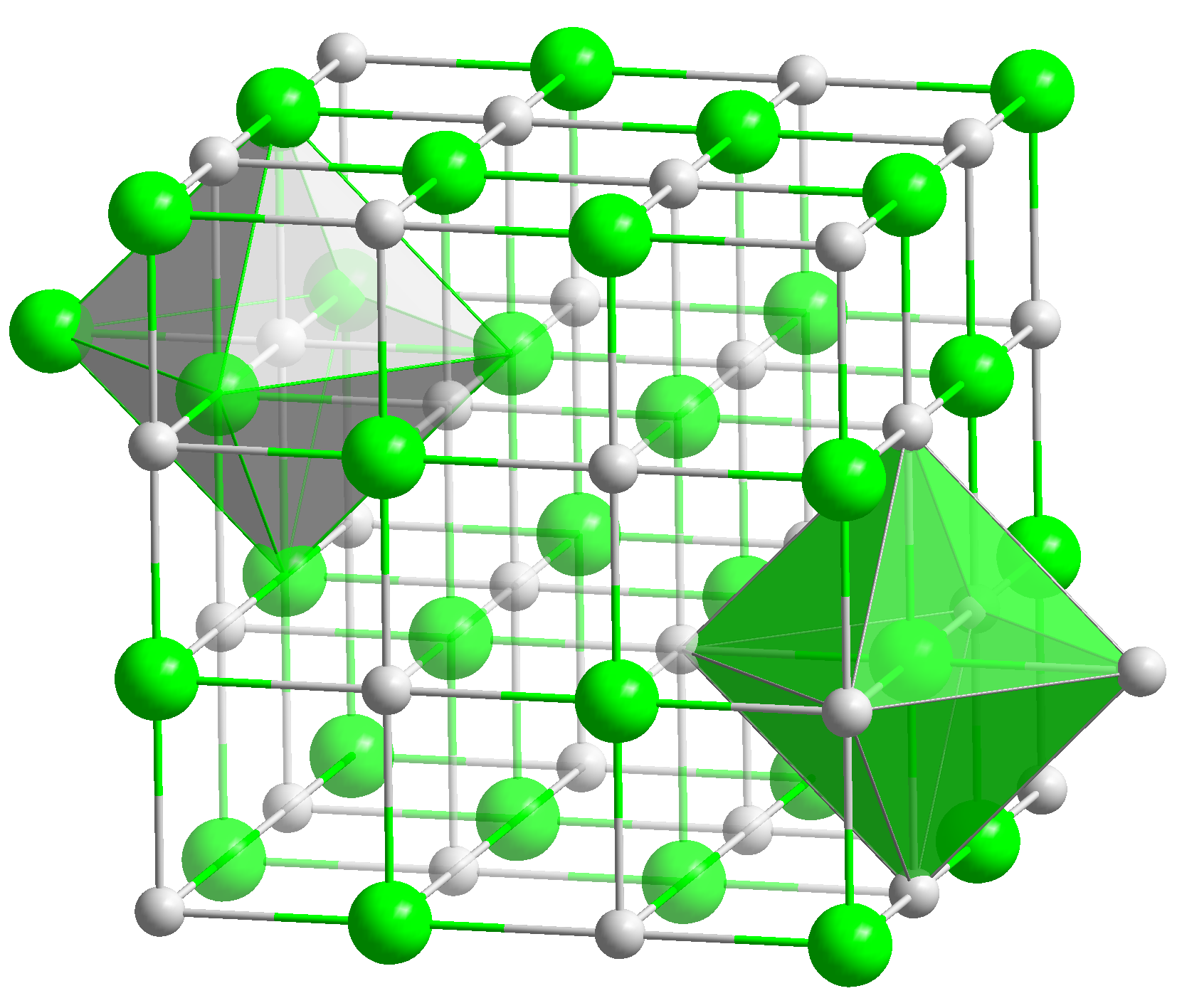Alkali Halide on:
[Wikipedia]
[Google]
[Amazon]
In 


Tastes of the alkali metal halides (except fluorides)
Alkali metals Halides * Crystals Salts {{inorganic-compound-stub
chemistry
Chemistry is the science, scientific study of the properties and behavior of matter. It is a natural science that covers the Chemical element, elements that make up matter to the chemical compound, compounds made of atoms, molecules and ions ...
, alkali metal halides, or alkali halides, are the family of inorganic compound
In chemistry, an inorganic compound is typically a chemical compound that lacks carbon–hydrogen bonds, that is, a compound that is not an organic compound. The study of inorganic compounds is a subfield of chemistry known as '' inorganic chemist ...
s with the chemical formula MX, where M is an alkali metal
The alkali metals consist of the chemical elements lithium (Li), sodium (Na), potassium (K),The symbols Na and K for sodium and potassium are derived from their Latin names, ''natrium'' and ''kalium''; these are still the origins of the names ...
and X is a halogen
The halogens () are a group in the periodic table consisting of five or six chemically related elements: fluorine (F), chlorine (Cl), bromine (Br), iodine (I), astatine (At), and tennessine (Ts). In the modern IUPAC nomenclature, this group is ...
. These compounds are the often commercially significant sources of these metals and halides. The best known of these compounds is sodium chloride
Sodium chloride , commonly known as salt (although sea salt also contains other chemical salts), is an ionic compound with the chemical formula NaCl, representing a 1:1 ratio of sodium and chloride ions. With molar masses of 22.99 and 35.45 g ...
, table salt.

Structure
Most alkali metal halides crystallize with the face-centered cubic lattices. In this structure both the metals and halides feature octahedral coordination geometry, in which each ion has a coordination number of six. Caesium chloride, bromide, and iodide crystallize in a body-centered cubic lattice that accommodates coordination number of eight for the larger metal cation (and the anion also).Wells, A.F. (1984) Structural Inorganic Chemistry, Oxford: Clarendon Press. .

Properties
The alkali metal halides exist as colourless crystalline solids, although as finely ground powders appear white. They melt at high temperature, usually several hundred degrees to colorless liquids. Their high melting point reflects their high lattice energies. At still higher temperatures, these liquids evaporate to give gases composed of diatomic molecules. These compounds dissolve in polar solvents to give ionic solutions that contain highly solvated anions and cations. Alkali halides dissolve large amounts of the corresponding alkali metal: caesium is completely miscible at all temperatures above the melting point. The table below provides links to each of the individual articles for these compounds. The numbers beside the compounds show the electronegativity difference between the elements based on thePauling scale
Electronegativity, symbolized as , is the tendency for an atom of a given chemical element to attract shared electrons (or electron density) when forming a chemical bond. An atom's electronegativity is affected by both its atomic number and ...
. The higher the number is, the more ionic the solid is.
References
Further reading
Tastes of the alkali metal halides (except fluorides)
Alkali metals Halides * Crystals Salts {{inorganic-compound-stub